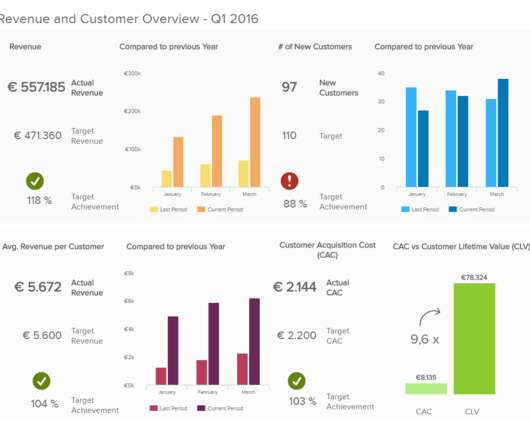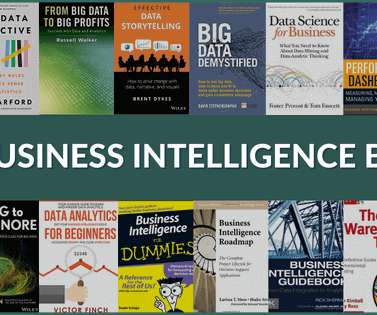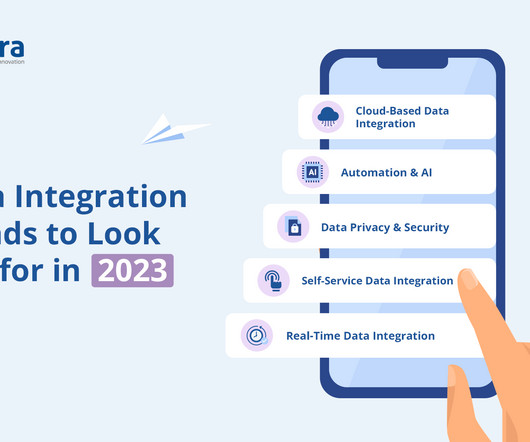An Introduction To Data Dashboards: Meaning, Definition & Industry Examples
Data Pine
JUNE 5, 2019
“It is a capital mistake to theorize before one has data.”– Data is all around us. According to the EMC Digital Universe study, by 2020, around 40 trillion megabytes – or 40 zettabytes – will exist in our digital landscape. Data being spread out amongst many databases. Lack of different data visualization types.












Let's personalize your content